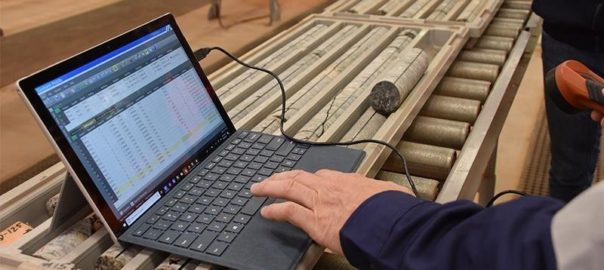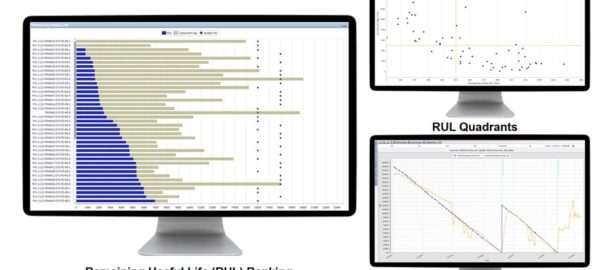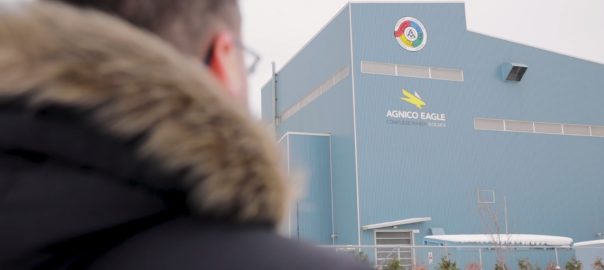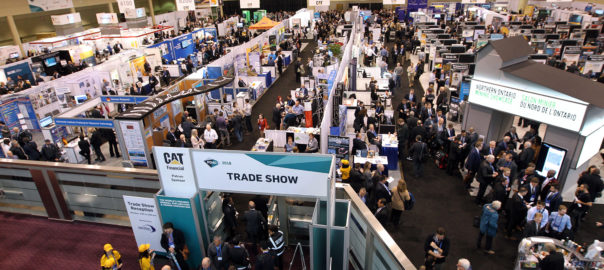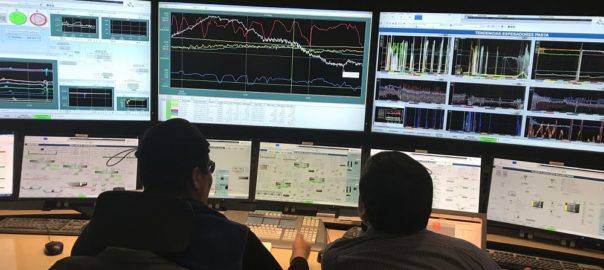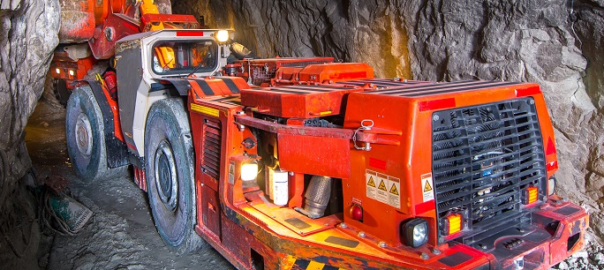MICROMINE says machine learning has the potential to transform mineral exploration, and the company’s Ian Whitehouse intends to discuss just how at the upcoming APCOM 2019 conference, in Poland.
More than 500 delegates from across the globe are expected to travel to Wroclaw, in June, to discover the latest developments in the application of technology in the mineral industry at the 39th Application of Computers and Operations Research in the Mineral Industry (APCOM) conference.
Whitehouse, MICROMINE’s Geobank Product Strategy Manager, will be a keynote speaker at the symposium, which has the theme “Mining Goes Digital”.
Whitehouse said the application of machine learning to the process of collecting and analysing geological data in mineral exploration has the “potential to transform the way explorers operate”. He will delve into just how during his “Transforming Exploration Data Through Machine Learning” presentation on June 6.
“By adding machine learning to the process of collecting and analysing geological data, we vastly reduce the time a geologist spends doing administration work, enabling more time to concentrate on the quality and analysis of the data collected,” he said.
“This type of offering creates opportunity to lower exploration costs and increase the amount of data that can be collected, which are key drivers of the mining industry and will contribute to more exploration projects being approved.”
The traditional process of plan – drill – observe – measure – analyse, can be inefficient, and the application of technology and machine learning can address common issues such as inconsistent data collection and categorisation, Whitehouse said.
“In the exploration industry it is very common to find that one geologist has classified a rock and the next has classified it as something different. This has huge complications when trying to model the data. However, machine-learning algorithms can be used to fix these inconsistencies and errors in the databases prior to the resource geologist working with the data.”
Machine learning can be tapped by the resources industry to streamline geological processes, such as cleansing and validating data prior to starting the modelling process, according to MICROMINE.
Whitehouse said high quality DSLR cameras can provide a tool for exploration companies to collect high-quality imagery of core and chip trays, with machine-learning algorithms able to recognise features in the images.
“It is feasible for this data to be automatically collected and stored in a database,” he said.
To illustrate the power of machine learning, MICROMINE has built an algorithm to determine and map the spatial extents of core imagery in a core tray photo. The application of this technology will result in the reduction of man-hours required to manually review and analyse core tray photography, the company said.
MICROMINE is incorporating machine learning into its solutions, with the results of the research project leading to the functionality being incorporated into the Geobank data management solution, enabling core tray images to be transferred into the database and displayed in Geobank drill-hole trace along with other downhole data, the company said.
MICROMINE’s presentation is part of APCOM’s technical program, which is presented within six streams: Geostatistics and Resource Estimation; Mine Planning; Scheduling and Dispatch; Mine Operation in Digital Transformation; Emerging Technologies and Robotics in Mining; and Synergies from Other Industries.
Whitehouse will be joined by around 100 international presenters from science and industry at the three-day APCOM conference (June 4-6).
You can read more about the event here.
International Mining is a media partner for APCOM 2019.







